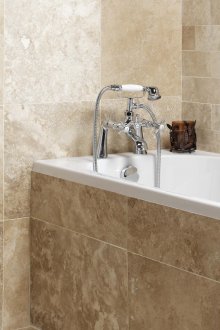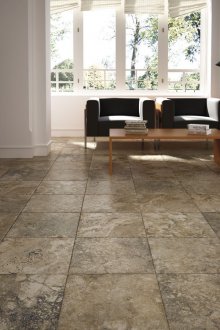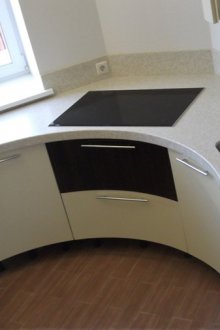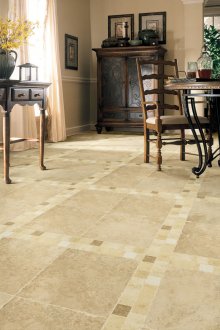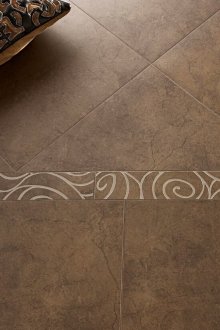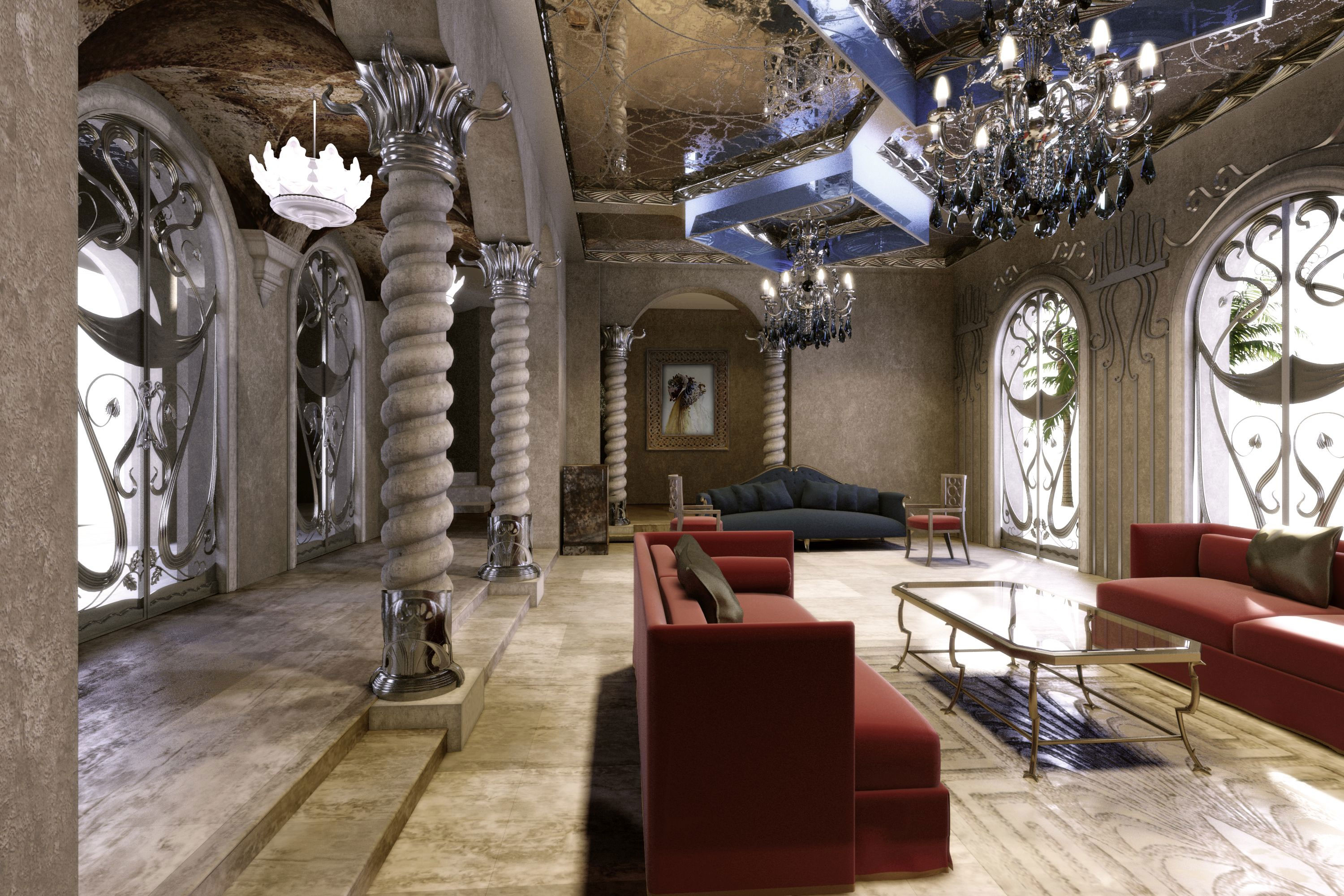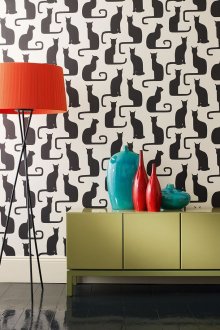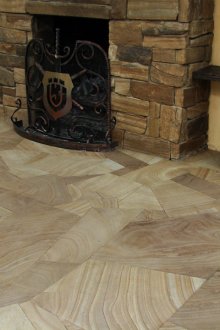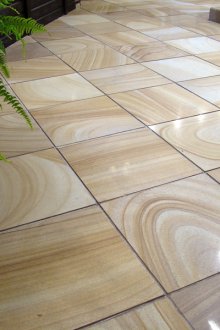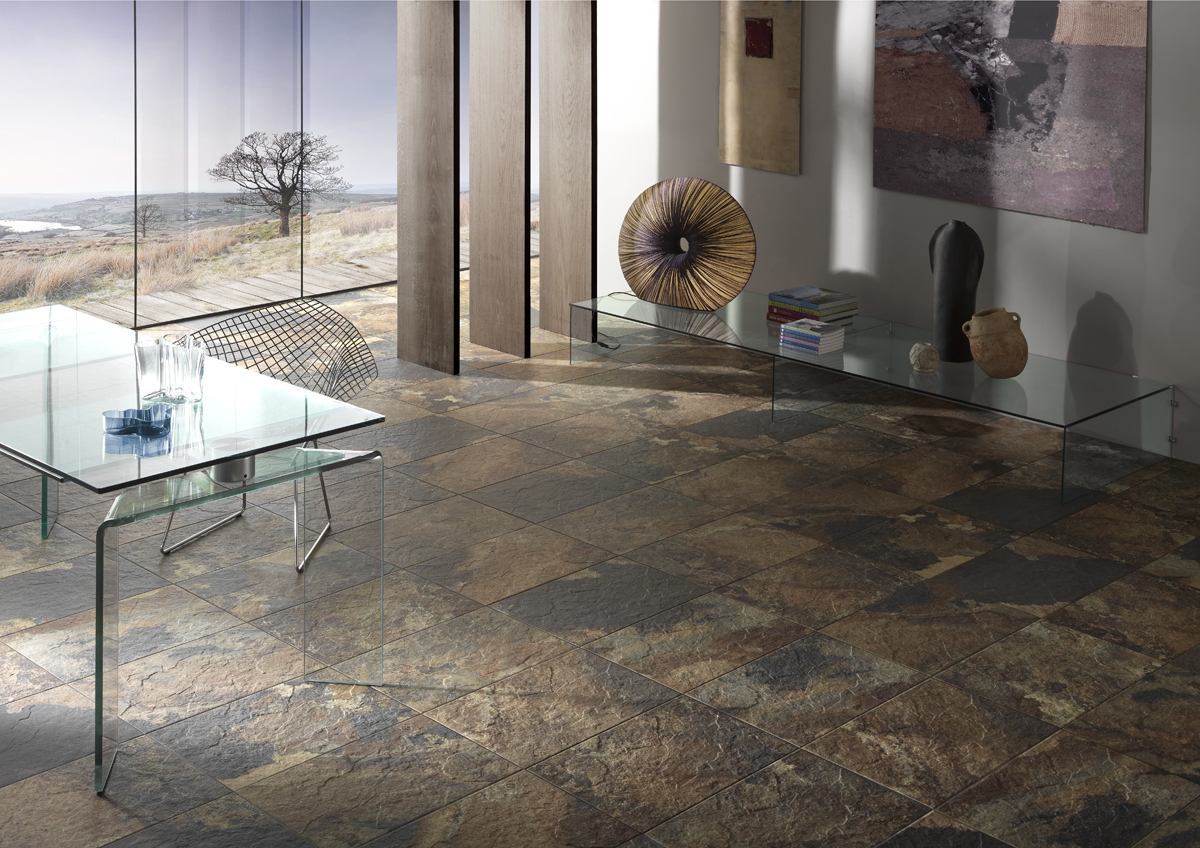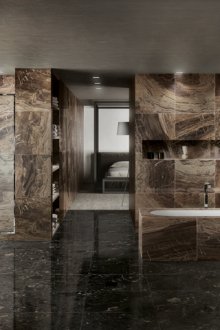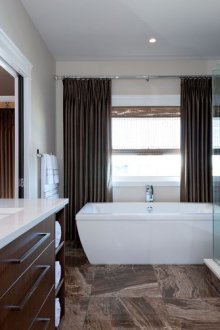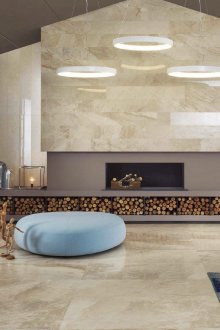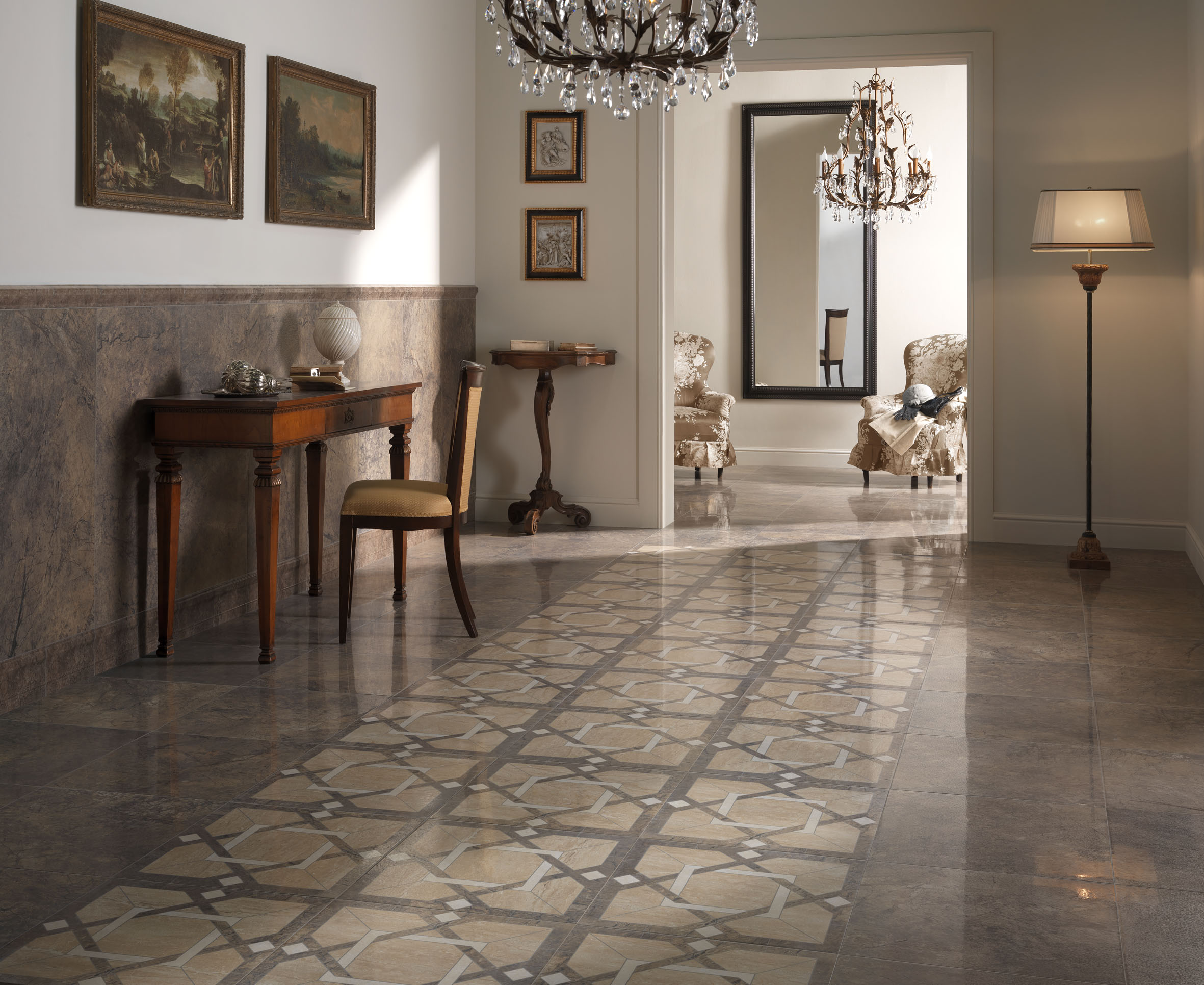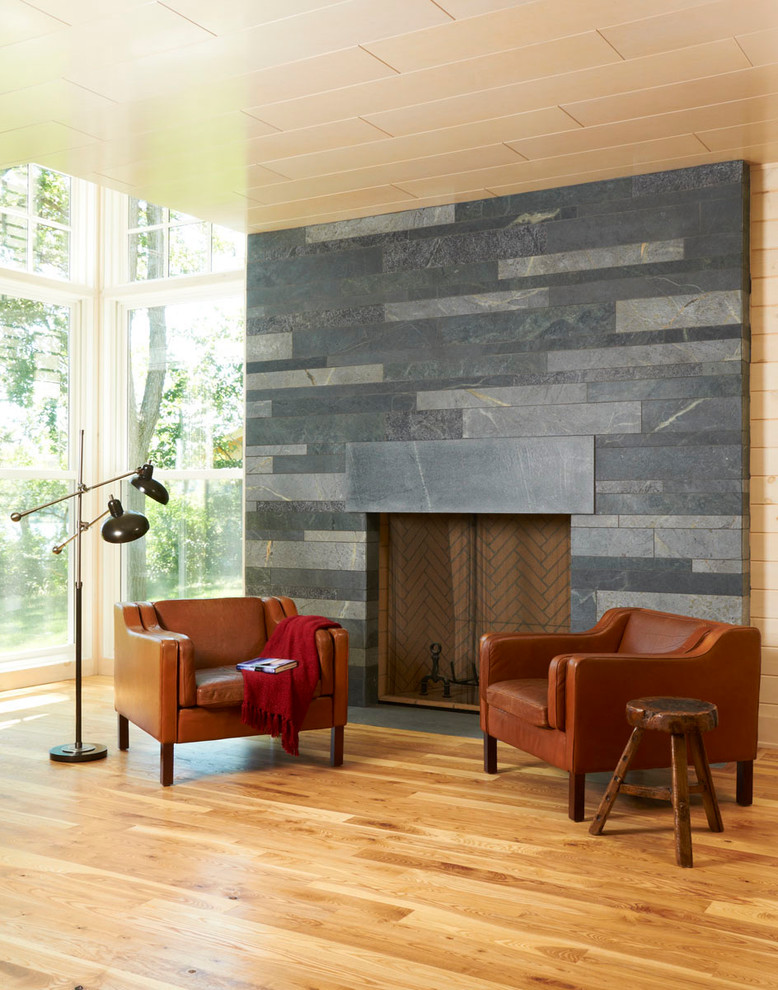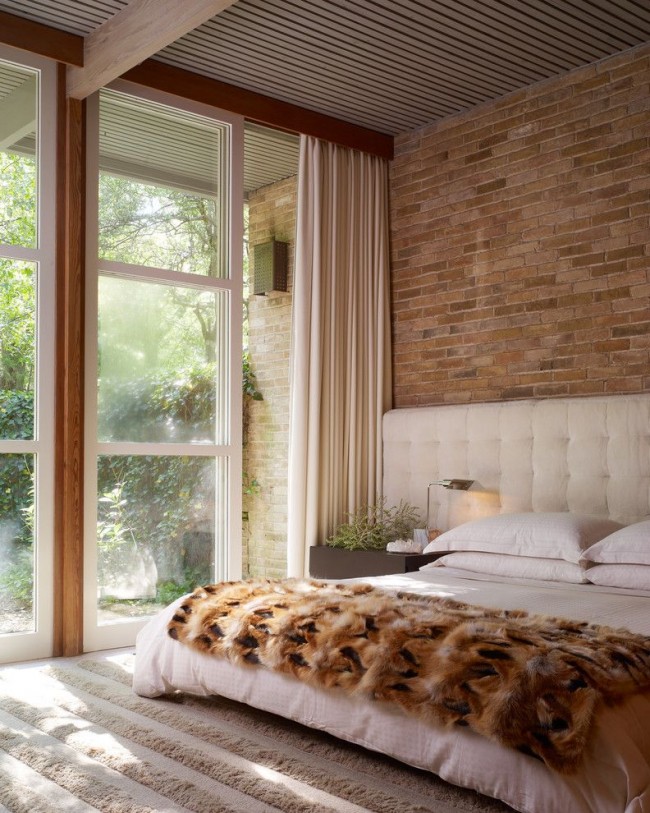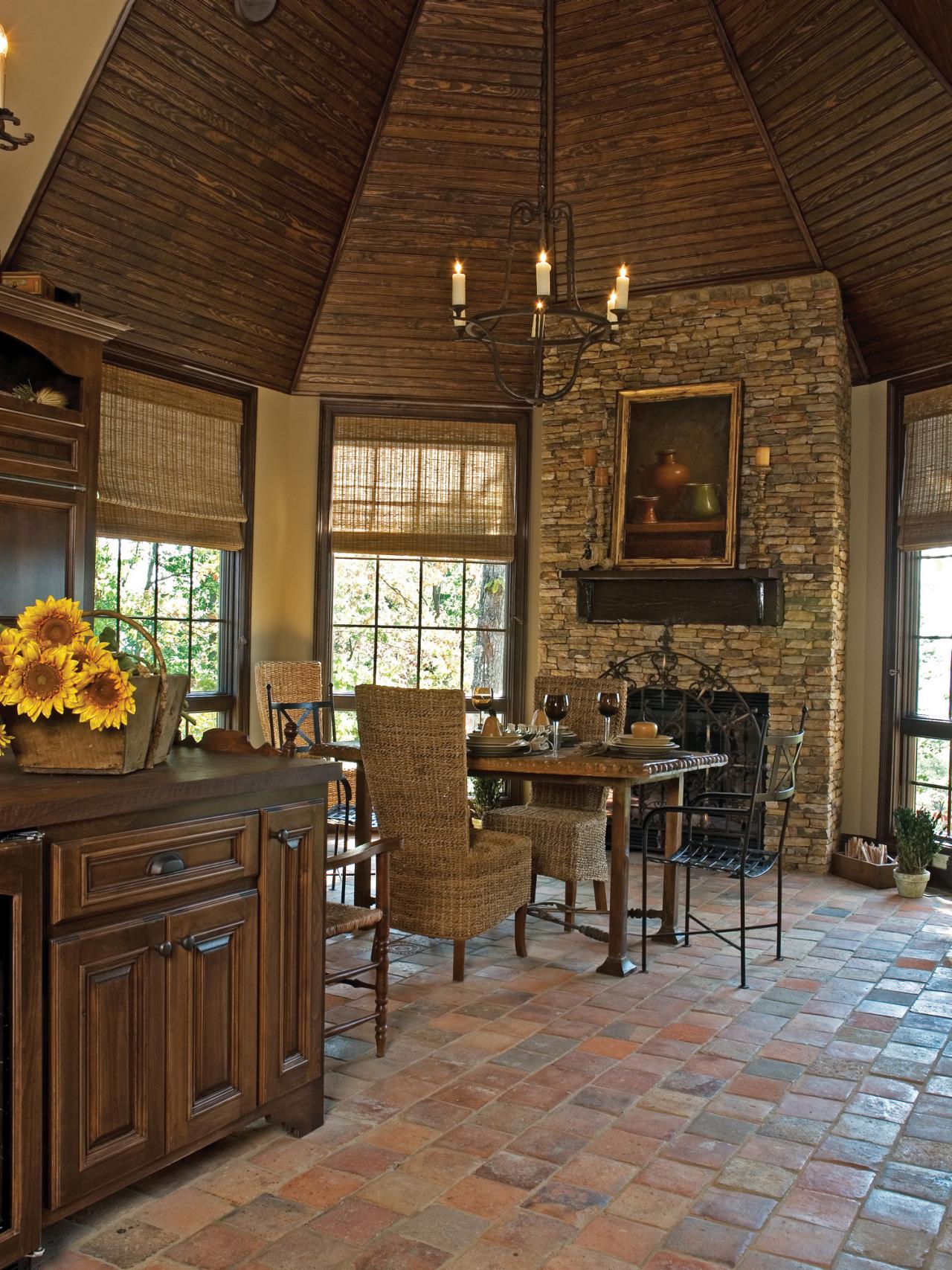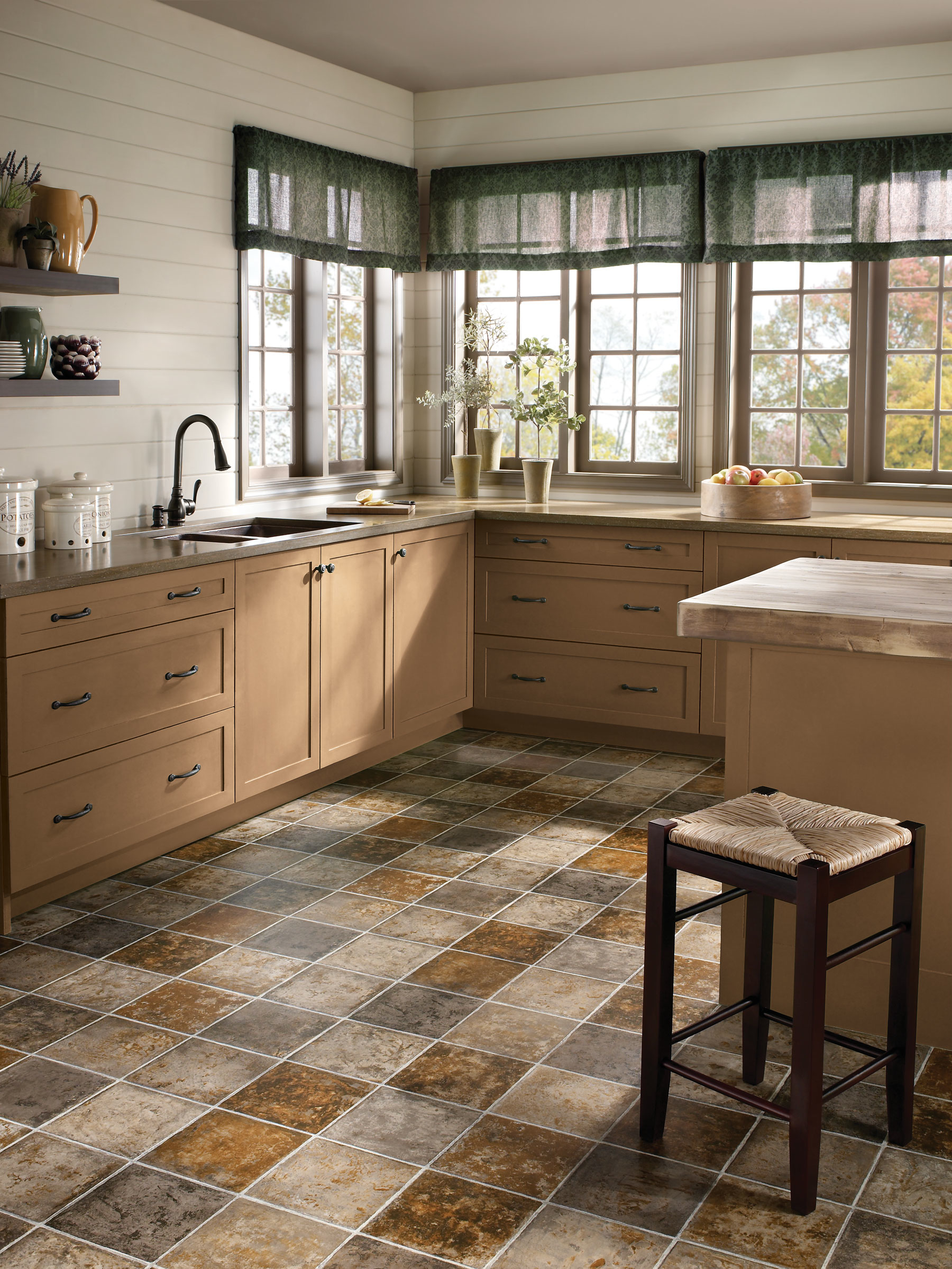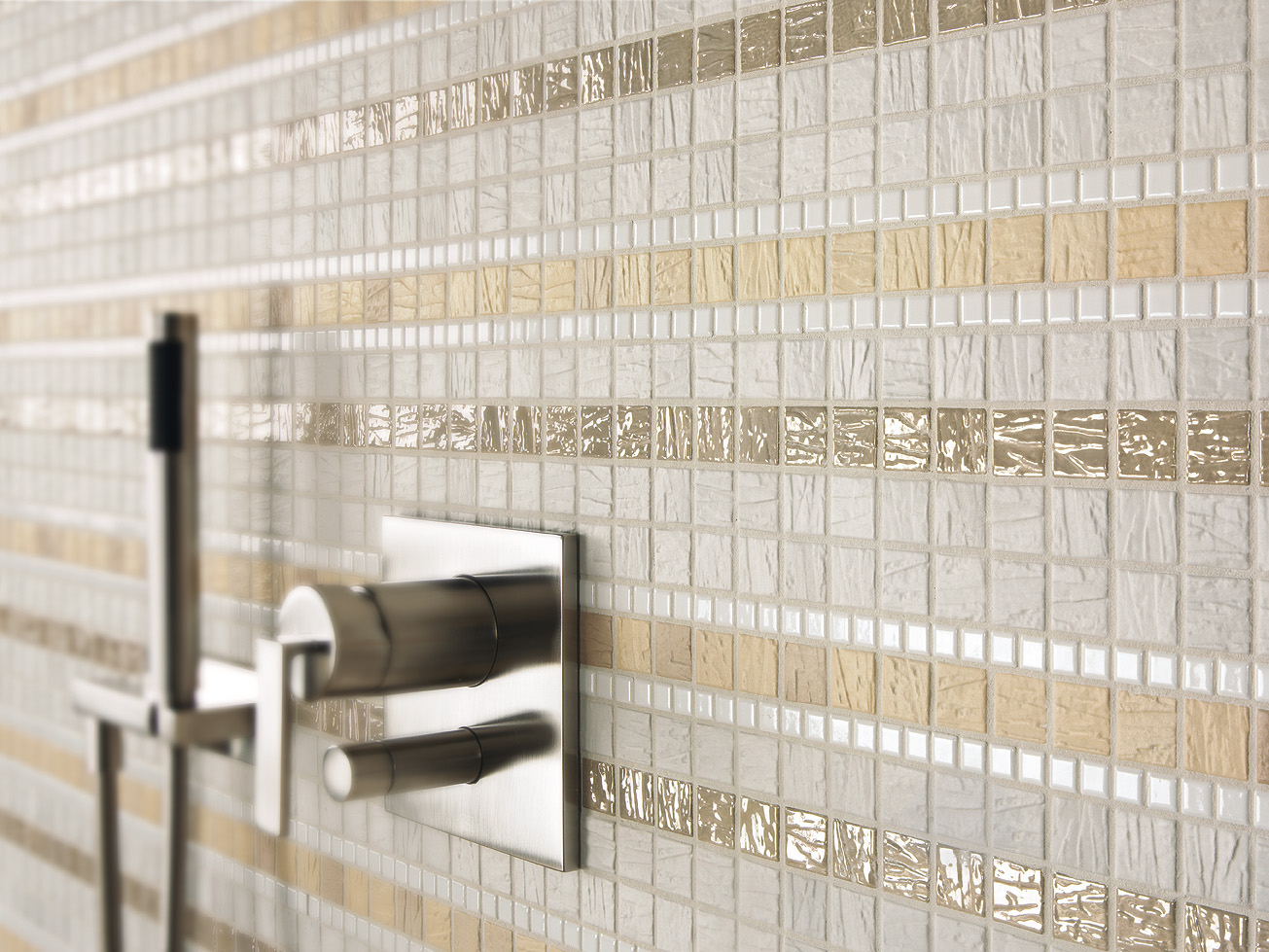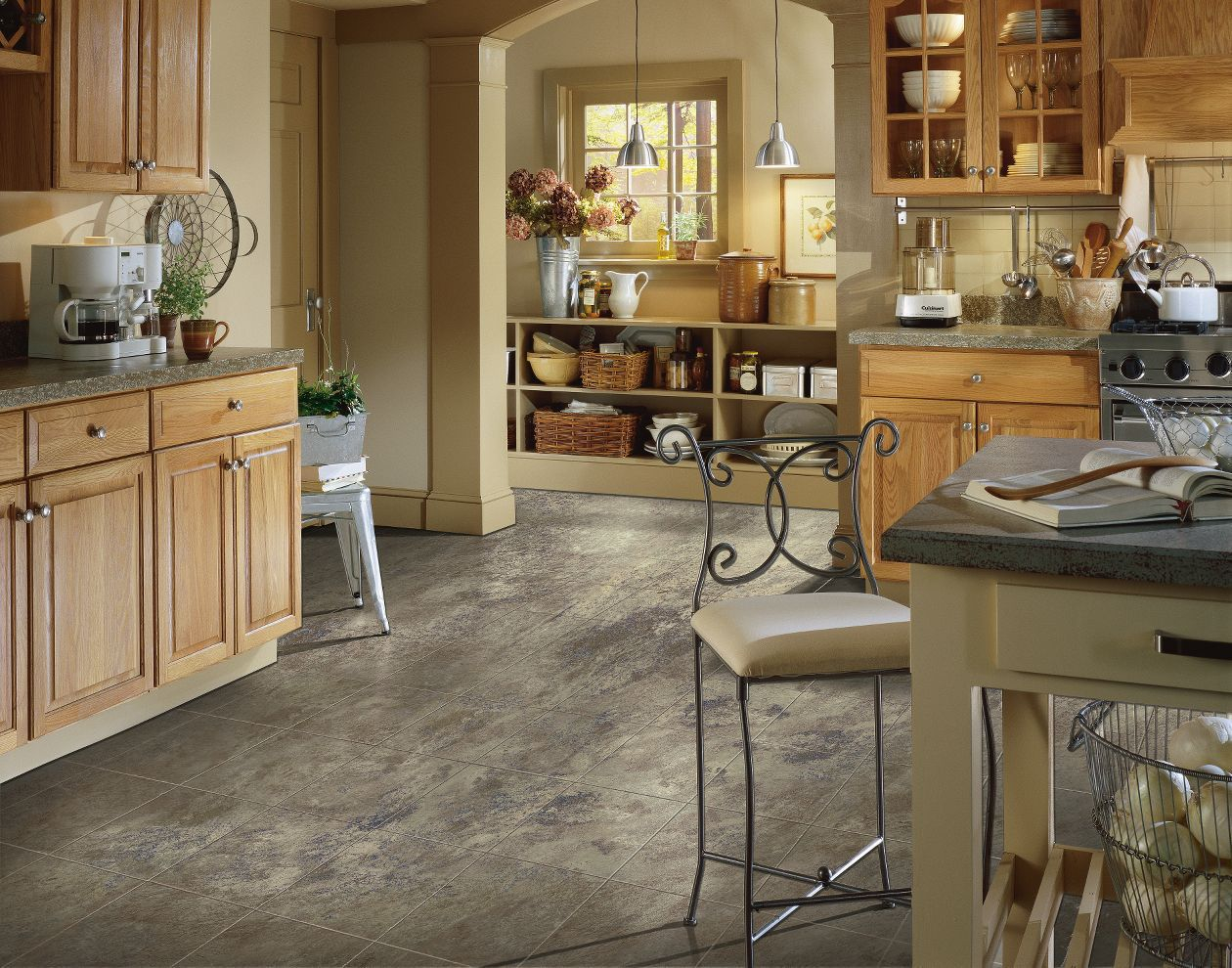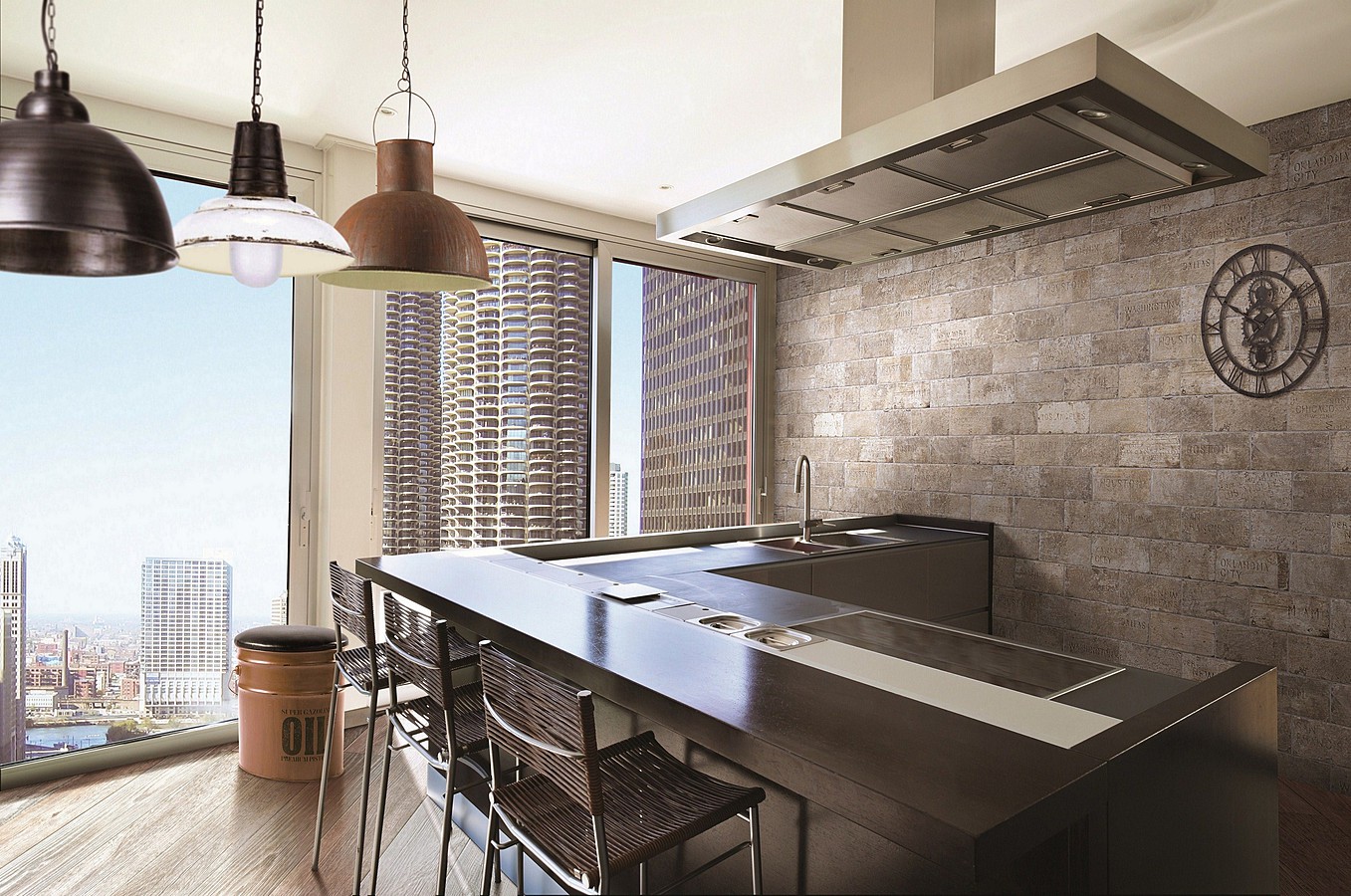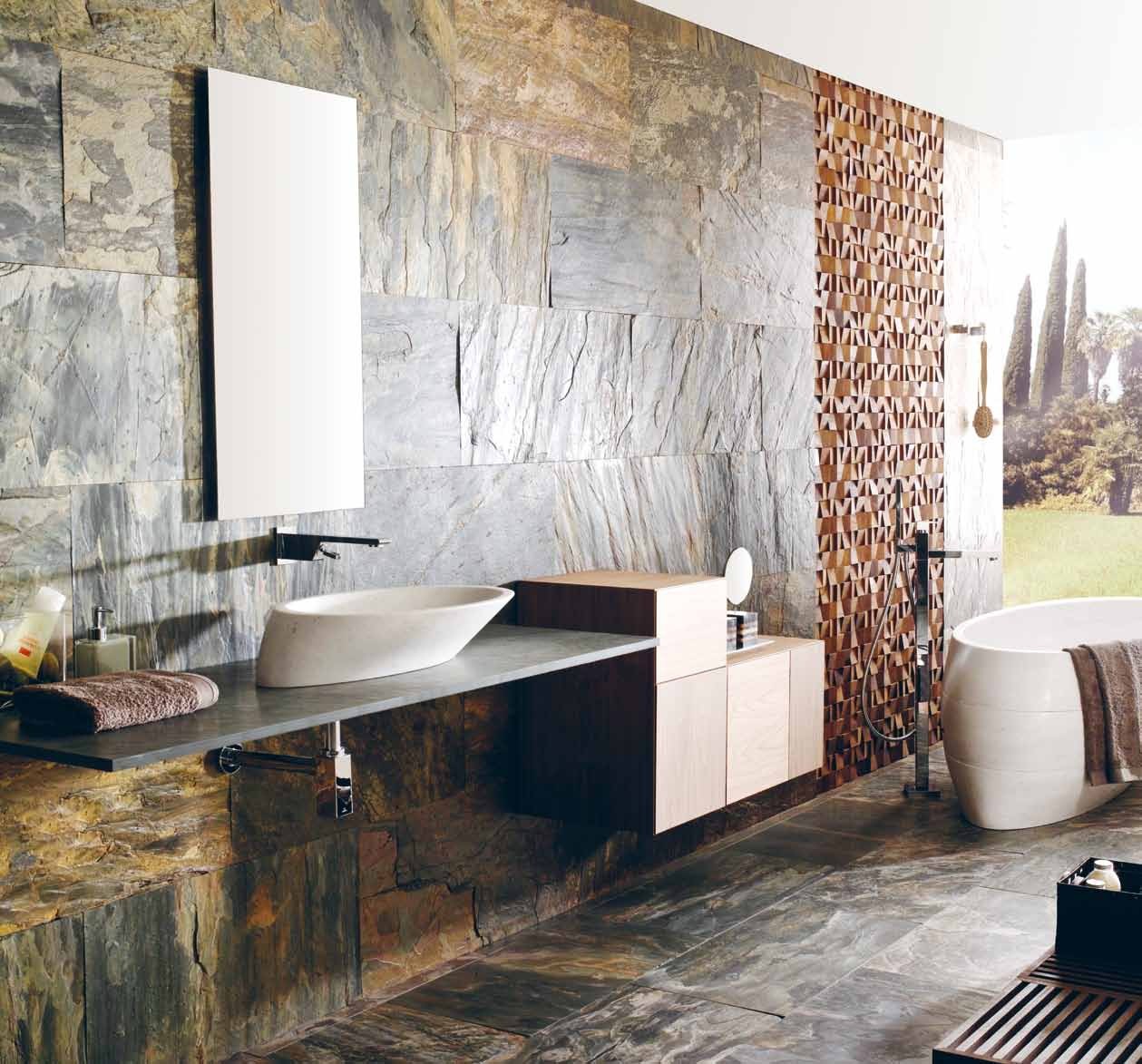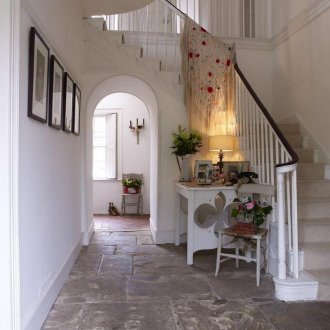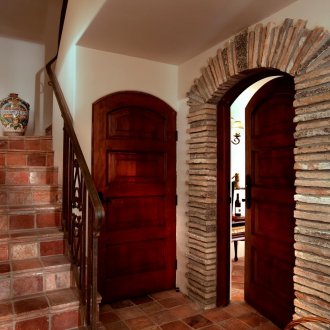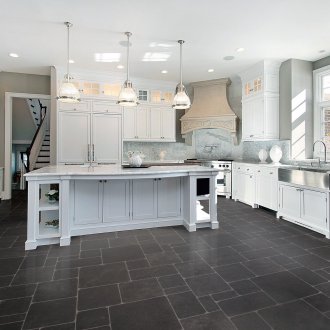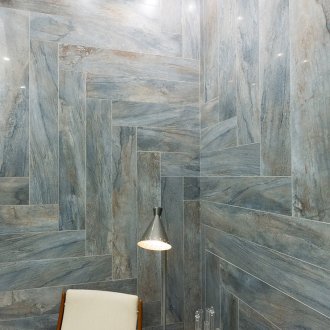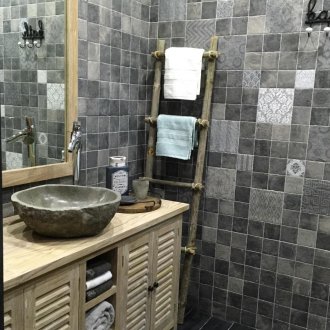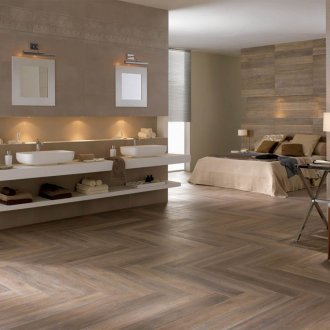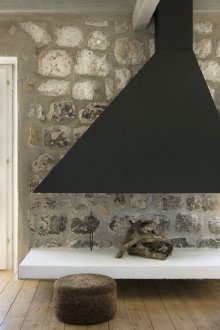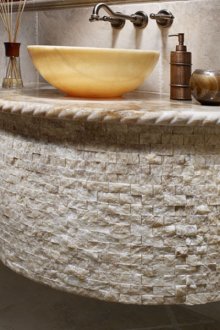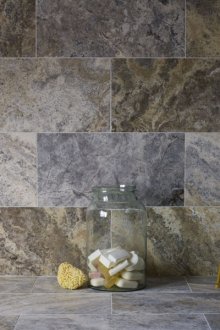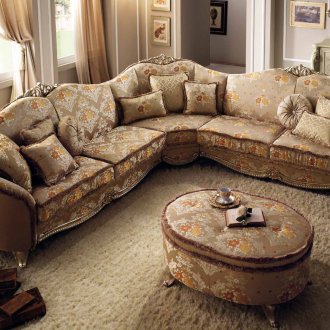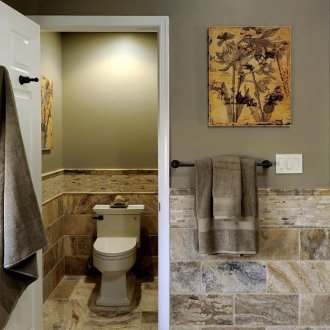Exquisite natural stone tiles: texture features (35 photos)
Content
Decorative stone tiles - a beautiful, functional, reliable and durable finishing material, with which you can create an exclusive stylish design in any room.
Decorating your own home or office with decorative stone tiles is not just a tribute to fashion, it is a great opportunity to equip an interior that will always look expensive and luxurious, but at the same time inspire peace and inspire positive emotions.
Looks great malachite, marble, granite, sawn into layers, but this is far from affordable for a simple layman. An excellent substitute for natural material is natural stone tiles, which are no worse than the natural counterpart in technical and aesthetic characteristics.
Advantages of natural stone tiles:
- Simple handling and installation.
- Favorable ratio of quality and price. The cost of finishing walls and floors with artificial stone is available for buyers with any income.
- Environmental friendliness: the material does not contain and does not emit substances hazardous to humans and the environment.
- A wide selection of colors, patterns, textures.
- Long term of operation.
Artificial stone tiles are made from gypsum and ceramics. There are many varieties of this finishing material, differing in the method of manufacture and appearance.
Ceramic stone tiles for decoration
The most popular material for laying on walls and floors is ceramic tile under a stone. It is successfully used in the arrangement of the corridor, dining room, kitchen, bathroom and living room, is characterized by excellent performance, which is maintained throughout the entire period of use.
Ceramic (tile) decorative stone tiles are available in a wide assortment, with drawings on the surface displaying the smallest shades and bumps, cracks and fractures of the veins, smooth transitions from one color to another, and porosity of natural material. Such tiles can radiate warmth and coziness or create a strict interior, add a touch of romance and cheer up, be colorful and cheerful, calm or muted tones, hide the imperfections of the room and highlight its advantages.
Features of ceramic tiles:
- Installation on the wall and floor is possible without the involvement of specialists.
- It is not afraid of the effects of high and low temperatures, their differences, therefore it can be used both in unheated rooms and on the street.
- It withstands high humidity.
- It has high strength and wear resistance.
- Does not absorb dirt and odors.
- Does not lose color over time.
- Maintains integrity under mechanical loads.
- It is not afraid of aggressive chemicals that are contained in detergents, which provides easy and quick cleaning.
- Ceramic interior tiles go well with any other decorative materials, both artificial and natural.
- It does not burn and does not support combustion.
- Light weight compared to natural stone.
Tiles are made from a mixture of clay and quartz sand with the addition of other ingredients to give strength, color and other characteristics. The finished mass is molded, fired, glazed or remains rough. There are several technologies for the production of ceramic tiles, because the finishing material is different with some difference in properties and scope of use.
Types of ceramic tiles
Clinker
Such tiles are glazed and unglazed tiles; It is used as a facing material for walls and floors of the kitchen, bathroom, pool and other rooms with a high level of humidity.
Porcelain Tiles
Floor tiles under the stone with zero moisture absorption and the complete absence of microcracks are used for interior decoration of the house, as well as laid on the terrace, porch and even used for finishing tracks in the yard.
Cotto Tile
It is made of red clay, therefore it has a beautiful natural color, is not covered with glaze, floor tiles in the corridor and hallway are used, such tiles are good for the kitchen and other rooms.
Majolica
Material with a bright painted surface. The tile on the marbled wall is especially good; it is better to lay it without observing the drawing and along the entire wall, choose large plates to minimize the number of seams. Such a coating will create an incredible visual effect in the room, a kind of fabulous atmosphere that can be enhanced with artificial light.
In recent years, the trend has been ceramic tile for stone for interior decoration with a 3D effect.
With its help, you can reproduce a fashionable interior in any style, up to the classic design. In the latter case, a bright contrasting background is created, on which traditional things and furniture will look even more canonical.
A unique look will give the interior a tile under a wild stone. The natural analogue is not suitable for interior decoration, as it is traumatic for humans and unhygienic. Artificial material completely imitates natural, but has excellent performance properties. The tile has a rough surface, therefore it is suitable for laying on the floor in rooms with high traffic and humidity, in particular, in the kitchen, in the corridor, in the bathroom.
Gypsum stone tiles in the interior of the house
High-quality imitation of natural stone is gypsum tile. The material is made from gypsum-polymer mass, it has low frost resistance, because such a stone tiles can only be used for interior work.
Properties of gypsum tile:
- Light weight.
- Hygroscopic - it is able to regulate the humidity level in the room, that is, absorb excess moisture and release it if the air is excessively dry.
- Thin-layer material, thanks to which stone gypsum tiles can be laid even in small apartments, saving precious centimeters of area.
- Gypsum is a natural material, which determines its environmental friendliness.
- It is odorless.
- It does not fade under ultraviolet rays.
- It has heat and sound insulation properties.
- Fire resistant.
Gypsum wall tiles under the stone are laid easily and quickly, easy to process, which eliminates the cost of craftsmen and time losses. But you need to remember that the material is plastic, soft and fragile, so you need to work with it carefully.
The disadvantages of gypsum tiles include the need for a special moisture-repellent coating, since the material can be deformed if the moisture is too wet. In view of this, stone wall tiles are not recommended for use in the bathroom and in the kitchen, but are quite suitable for the corridor and hall. In addition, the embossed surface accumulates dust, therefore, to facilitate cleaning, it must be varnished.
The use of natural stone tiles in the interior
Finishing with stone tiles can be presented in a variety of variations, and it is not necessary to cover the entire wall, it will be more original to lay the material only on its part, highlighting the structural elements of the interior.
A good option is to finish the working area of the kitchen, flights of stairs, protruding elements (pilasters and columns). Tiles for natural stone will make the living room more lively and stylish if it is used to decorate door and window openings, a place behind a sofa, a fireplace and a living corner area. The most important thing is not to overdo it, covering all the walls and ceiling with tiles, turning the room into a dwarf home, but this option also takes place and will be very original for restaurants and bars.
A stone in the interior is always beautiful, but in order to create a truly unique house or apartment, office or cafe, it is recommended to use the services of a designer who will select tiles for artificial stone in accordance with the dimensions and style of the room.
